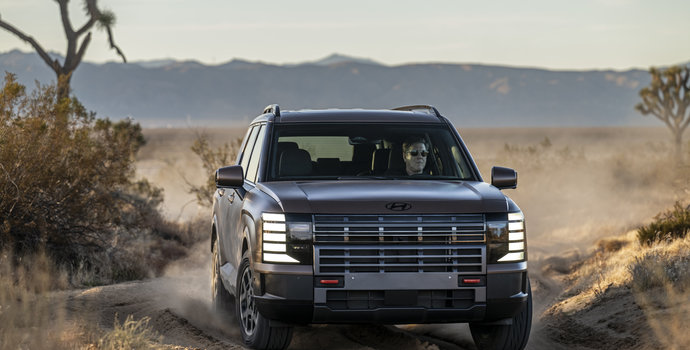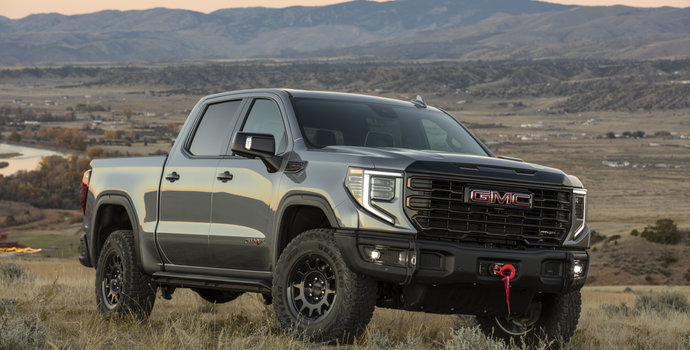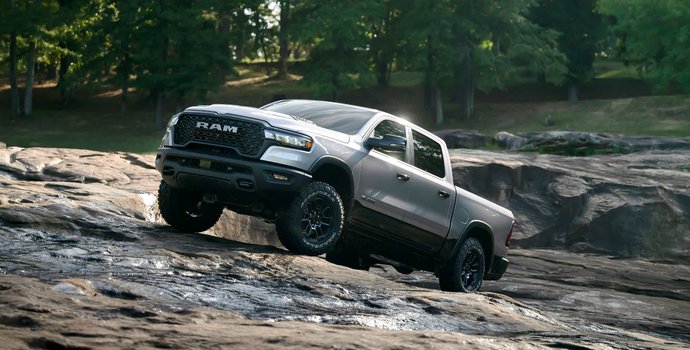Original Publication Date: May 18, 2023
Updated: May 14, 2025
Choosing between leasing and financing a car is one of the most important decisions buyers face when shopping for a vehicle in Ontario. Both options offer unique advantages and come with long-term implications on your budget, ownership rights, and flexibility. If you’re unsure which path to take—or even what the actual differences are—this updated guide is here to help you make the most informed choice possible, with a level of detail that reflects today’s auto market and the needs of Ontario drivers in 2025.
We’ll cover what leasing and financing mean, how each works, their pros and cons, and who each option best suits. We’ll also address common misconceptions, cost considerations, and important financial and lifestyle factors.
What Does It Mean to Lease a Vehicle?
When you lease a vehicle, you are essentially renting it for a fixed period, typically 24 to 60 months. You agree to a set of conditions, including an annual kilometre limit and wear-and-tear expectations. Monthly lease payments cover the depreciation of the vehicle during the term, along with interest, taxes, and sometimes a security deposit.
At the end of the lease, you return the vehicle to the dealership or leasing company. Some contracts offer a buyout option, where you can purchase the vehicle for its residual value.
Leasing is ideal for drivers who prefer low monthly payments, enjoy having the latest technology, and don’t drive far enough to exceed mileage limits.
What Does It Mean to Finance a Vehicle?

When you finance a vehicle, you take out a loan to purchase the car outright. You repay the loan in regular monthly payments over a fixed term, usually between 36 and 84 months, depending on the lender and your credit profile.
Once the loan is paid off, you fully own the vehicle, free and clear. You can keep it, sell it, or trade it in whenever you like. Unlike leasing, there are no distance restrictions or return conditions—just ongoing responsibility for maintenance and repairs after warranty coverage expires.
Financing is best suited for those who want to build equity in the vehicle, plan to keep it long-term, and drive frequently or over long distances.
Key Differences Between Leasing and Financing
Ownership and Equity
- Lease: You do not own the vehicle. You’re paying to use it. No equity is built.
- Finance: You own the vehicle once the loan is paid off and can build equity with every payment.
This distinction is important. Leasing gives you flexibility and convenience, but no asset at the end. Financing means a longer commitment but eventual ownership.
Payments and Term Lengths
- Lease payments are typically lower because you’re only paying for the vehicle’s depreciation during the lease term, not the full value.
- Finance payments are higher because you're paying off the entire cost of the vehicle plus interest.
However, financing can become more affordable over time—once the loan is paid off, you own the car and have no more monthly obligations, while leasing keeps you in a payment cycle.
Down Payments
- Lease: Often requires a modest down payment, plus taxes, fees, and the first monthly payment. Some promotions offer zero-down leases, but this usually increases the monthly payment.
- Finance: Larger down payments are common and may help reduce loan interest and avoid negative equity (owing more than the car is worth).
A trade-in can be used as a down payment in either case.
Kilometre Restrictions
- Lease: Most leases include annual limits between 16,000 and 24,000 kilometres. Exceeding this limit can lead to penalties ranging from $0.10 to $0.25 per kilometre.
- Finance: No limits. You can drive as far as you like, although high mileage can reduce resale value.
For drivers in suburban or rural Ontario (like Barrie, Milton, or Waterloo), financing may offer more freedom due to longer daily commutes.
Customization and Modifications
- Lease: Not allowed. The vehicle must be returned in original condition, or you’ll pay fees to restore it.
- Finance: You can make any modifications you want—paint, wheels, suspension—as long as you understand it may affect resale value.
Wear and Tear
- Lease: Subject to inspections at lease-end. Excess wear (dents, scratches, tire damage) may result in penalties.
- Finance: You absorb all maintenance costs, but there’s no penalty for how the vehicle looks—unless it affects resale or trade-in value.
Early Termination
- Lease: Ending a lease early can be expensive. You may owe remaining payments, early termination fees, or lose incentives.
- Finance: You can sell or trade the vehicle at any time, although you must pay off any remaining loan balance.
Long-Term Costs
- Lease: Lower monthly payments, but you’ll always have a car payment if you continue to lease.
- Finance: Higher upfront and monthly costs, but eventually you own the vehicle and have no payments.
If you plan to keep your vehicle for over six years, financing is generally more cost-effective.
Real-World Example (Ontario, 2025)

Let’s say you’re looking at a 2025 Toyota RAV4 XLE AWD with an MSRP of $39,000.
Lease Option:
- Term: 48 months
- Residual Value: $22,000
- Monthly payment: ~$550 (tax included)
- Due at signing: ~$2,000
Finance Option:
- Term: 72 months
- Interest Rate: 5.49%
- Monthly payment: ~$660 (tax included)
- Down payment: ~$4,000
In the lease, you pay less per month but never own the vehicle. With financing, you pay more monthly, but at the end of six years, you have full ownership with potential trade-in value.
Who Should Lease?
- Drivers who want a new car every 2–4 years
- People with short or medium commutes and predictable mileage
- Those who want a lower monthly cost and minimal maintenance
- Business owners looking to write off lease expenses
Who Should Finance?
- Drivers who plan to keep their car long-term
- Those with high annual mileage or irregular driving patterns
- Car owners who value customization or modifications
- Buyers interested in building equity and asset ownership
Frequently Asked Questions About Leasing vs Financing a Vehicle

Is it better to lease or finance a car in Ontario?
It depends on your needs. Leasing offers flexibility and lower payments but no ownership. Financing provides long-term savings and vehicle ownership but requires a higher monthly budget.
Can I lease a used vehicle?
Used car leasing is uncommon in Ontario but not impossible. Some manufacturers offer lease programs on certified pre-owned (CPO) vehicles.
What happens if I go over my kilometre limit in a lease?
You’ll pay a per-kilometre fee, which can add up quickly. If you anticipate driving more than the limit, ask about a high-kilometre lease or consider financing.
Do lease payments include tax in Ontario?
Yes, HST (13%) is applied to your monthly lease payments in Ontario. Unlike financing, where you pay all tax upfront, leasing spreads the tax over the term.
Can I buy my leased car at the end of the lease?
Yes. This is called a lease buyout. You pay the residual value set in your contract. If the market value is higher than the residual, it can be a smart move.
Does financing a car build credit?
Yes. Making on-time loan payments helps build your credit profile, just like any other loan. Leasing can also build credit, but since it doesn’t lead to ownership, it may have a lesser impact over time.
Can I negotiate a lease?
Absolutely. You can negotiate the vehicle’s selling price, money factor (interest), and mileage terms just like a purchase. The lower the selling price, the lower the lease payments.
What are the risks of leasing?
The biggest risks are early termination penalties, over-kilometre fees, and wear-and-tear charges. Leasing requires careful budgeting and responsible vehicle care.
Can I trade in a vehicle if I still owe money on it?
Yes. If you finance a new vehicle, the remaining loan balance can be rolled into the new loan. In leasing, the trade-in value can be used as a down payment or to lower payments.
Final Thoughts: Choosing What Works for You
There’s no one-size-fits-all answer when it comes to leasing versus financing. The right option depends on how you plan to use your vehicle, how long you intend to keep it, your budget, and whether ownership is a priority.
Leasing offers the convenience of a new car with predictable payments, ideal for drivers who prefer to switch vehicles regularly. Financing makes more sense for those seeking long-term savings and asset ownership, especially in Ontario where resale values for popular models like the Toyota Corolla, RAV4, and Honda CR-V remain strong.
Before making your decision, take the time to evaluate your driving habits, financial goals, and lifestyle. Then speak with a trusted dealership finance advisor who can walk you through the available offers and tailor your plan accordingly.








